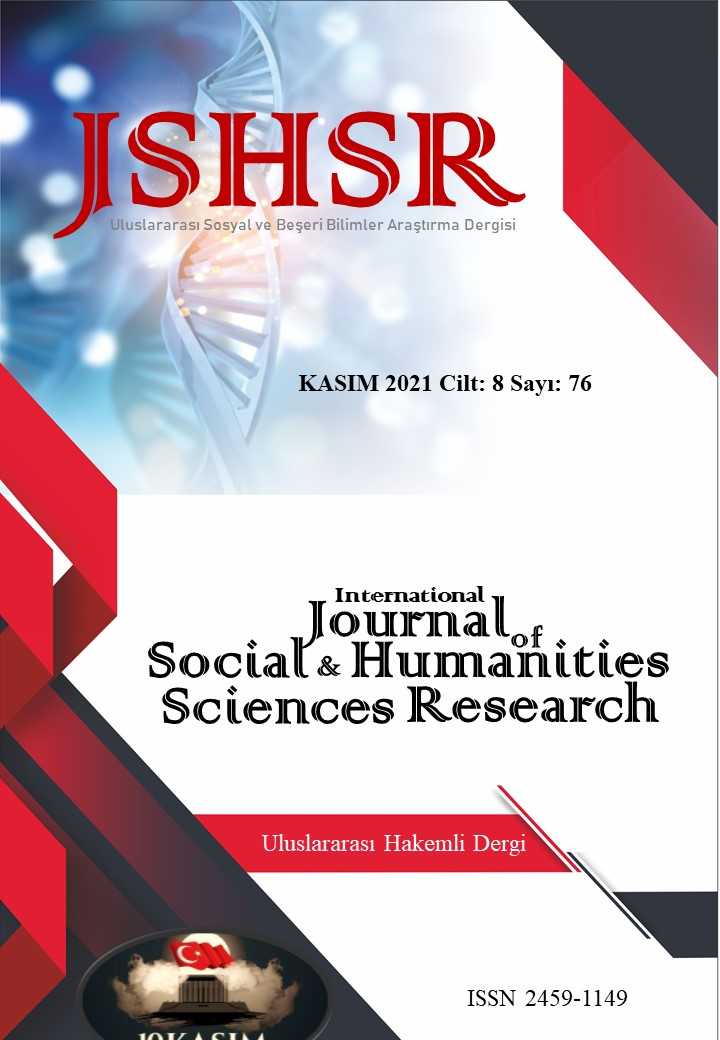STATE, POLITICS AND ORGANIZED CRIMINAL ORGANIZATIONS: THE CASE OF REİS SEDAT PEKER
DOI:
https://doi.org/10.26450/jshsr.2760Keywords:
Organized Crime Organizations, Mafia, State, Political InstitutionAbstract
Organized crime organizations are perceived as a serious threat to countries in terms of material and social damage they cause. Our country has experienced many problems from these criminal organizations. Although the Republic of Turkey fights these criminal organizations effectively and competently, these criminal organizations can reorganize when they find the opportunity and seriously harm the citizens and the state.
Although the state has struggled many times with the organized crime organization, which is also encountered in our country from time to time, this criminal organization has found serious support in bureaucracy, politics and among politicians, under the protection of the state or through dirty relations with some of the state's administrators, bribery and blackmail.
The term organized crime was first used in the United States in the 1920s. In the 1960s, the terms "mafia" and "organized crime organizations" began to be used as two synonymous terms. The 1990s was a period in which organized crime grew, its scope of activity expanded and its effectiveness increased in Turkey.
In this study, how organized crime and crime organizations are shaped in Turkey, why relations with politicians are established, how it causes political turmoil and how organized crime takes on a structure in a society, fugitive, organized crime, which has been on the agenda with the videos he has taken recently and has left many politicians under suspicion organization leader Sedat Peker.
Downloads
Published
How to Cite
Issue
Section
License
Copyright (c) 2021 INTERNATIONAL JOURNAL OF SOCIAL HUMANITIES SCIENCES RESEARCH

This work is licensed under a Creative Commons Attribution 4.0 International License.


